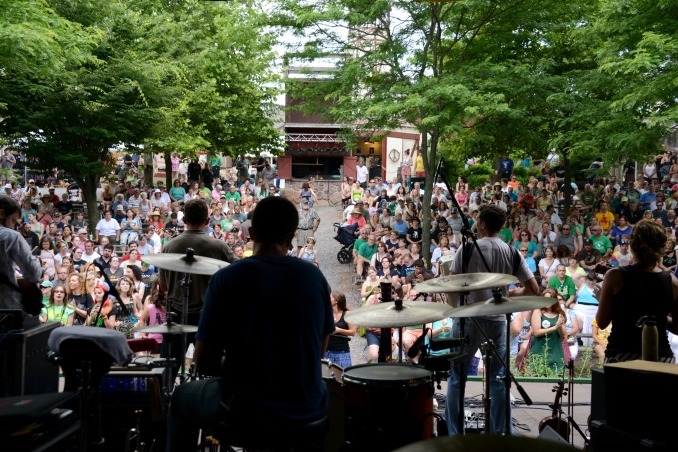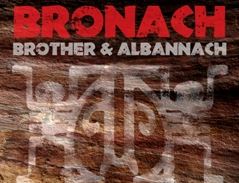
The Celtic Fling and Highland Games at the Pennsylvania Renaissance Faire is one of the Major Celtic Festivals in the mid-Atlantic region of the eastern United Sates and Transceltic were the guests of the 2013 event organisers the weekend of June 21st. The driving force of the festival is the music, the Celtic bands that traffic in the language of the culture. The line-up included Seven Nations, Kilmaine Saints, Enter The Haggis, Scythian, Town Pants, Amarch, Ramblin Rose, Neidfyre, Seasons, Barby Holder and an appearance by the hugely successful Gaelic Storm.
Albannach & Brother – Bronach

Sharing the stage at one of the festivals twelve stages, under the banner “Outlawed Tunes on Outlawed Pipes”, were the incomparable Scottish band “Albannach” and the Australian Celtic band “Brother”. These two bands are closely associated having just come off the April 2013 “Bronach Tour” of Scotland with another planned for 2014.
Brother have uniquely placed their Celtic Stamp on indigenous Australian music. The Festival brochure aptly describes Brother as follows: “Fusing signature vocals and the deep pulse of the didgeridoo, the soaring highs of the bagpipes and tribal percussion”. The lead singer Angus Richardson is a steady hand that guides this energetic performance. The bands Piper makes it seem the most natural thing in the world to have the Pipes soaring into the canopy of trees whilst being dogged by the didgeridoo, a wind instrument developed by indigenous Australians about 1500 years ago.